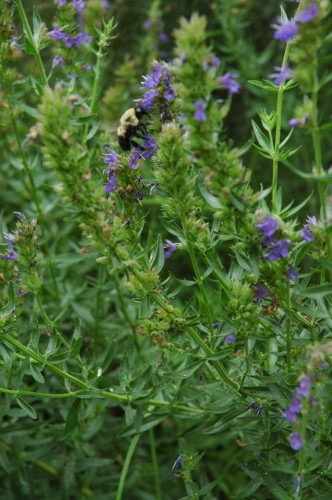Many people find themselves asking the question, “why use Latin to classify?” When you consider that there are over 250,000 species of living plants worldwide, it makes sense to have chosen a single language to label all these plants. This use of Latin allows gardeners and botanists to speak a universal language when talking about plants. This classification uses a binomial, or two name, system.
The genus is always first and is always capitalized. You may think of the generic name as you would a family name: Smith, Jones or Brown. There are broad grouping of similar plants. These names are almost always derived from the Greek language, but often it is derived from the place it was discovered or even the discoverer themselves. Occasionally, the name comes from legend or mythology. For example, Mint’s genus name is Mentha.
The species comes second and is usually lowercase. Mint’s genus name is Mentha, and if we use Spearmint to further our example, its species name is spicata. Therefore, Spearmint’s binomial classification is ‘Mentha spicata.’
If there is a variation in a species, it is denoted by “var.” Also, if there is a subspecies, it comes third.
Once a plant is cultivated or selected for a certain virtue, then the new plant is considered a ‘cultivar.’ These names are capitalized in single quotation marks.
Hybrids are plants resulting from sexual reproduction between two different types of plants. Hybrids are denoted by an “x.”
Lastly, many plants will be given a common name – this is similar to a nickname and is not a correct or scientific name. Below are a few examples of plants, their nicknames and their Latin names.
| Common Names | Latin Names |
| Bee Balm | Monarda |
| Cilantro | Coriandrum |
| Lavender | Lavendula |
| Mint | Mentha |
| Thyme | Thymus |

Hyssop or “Agastache foeniculum”
